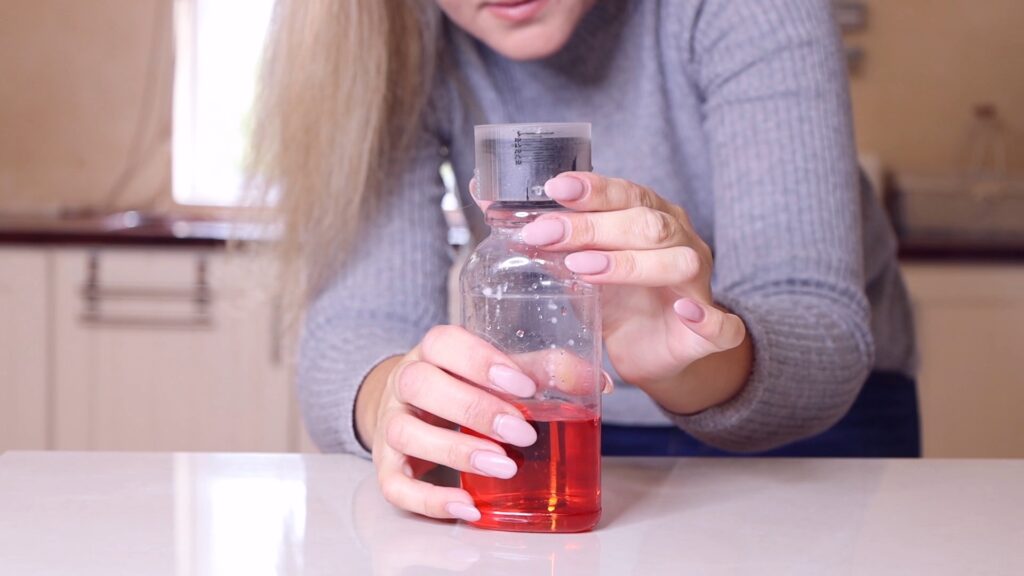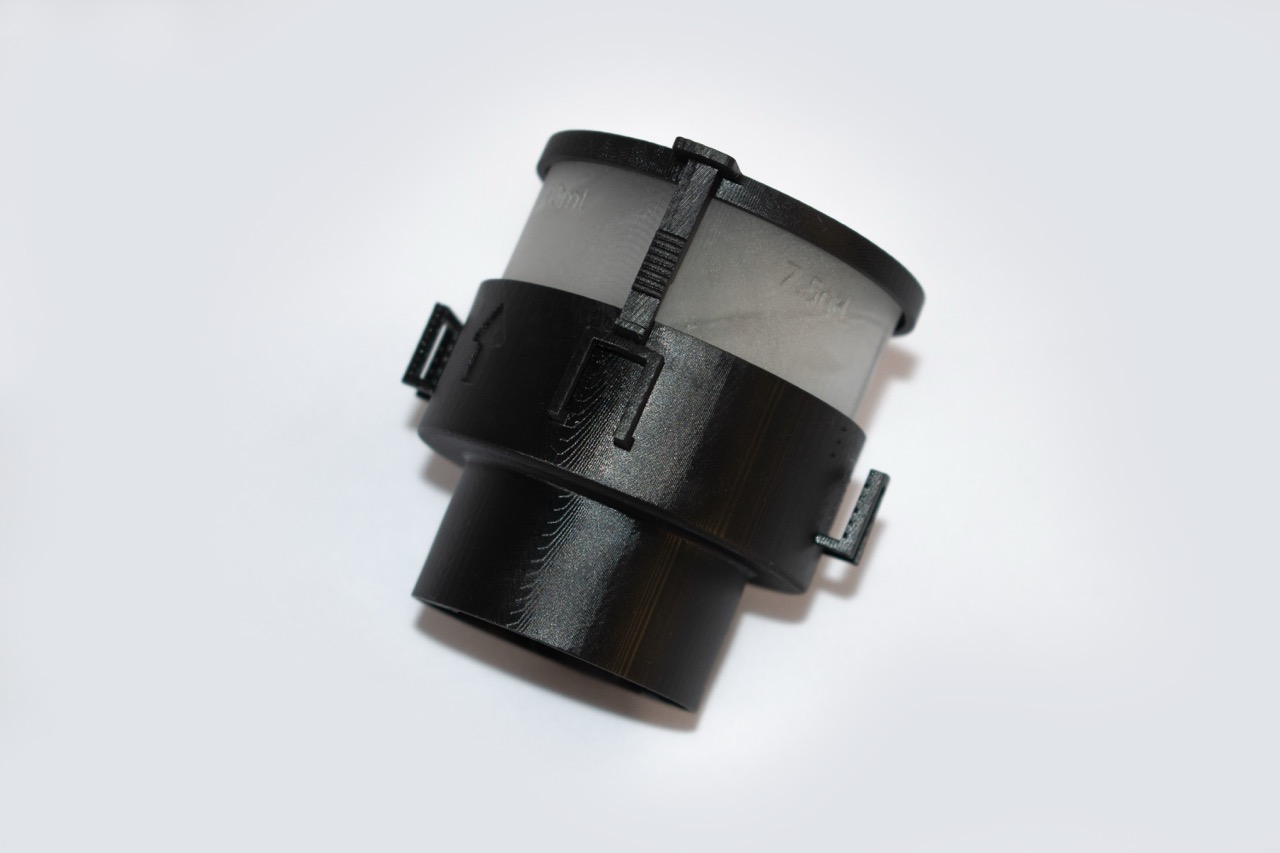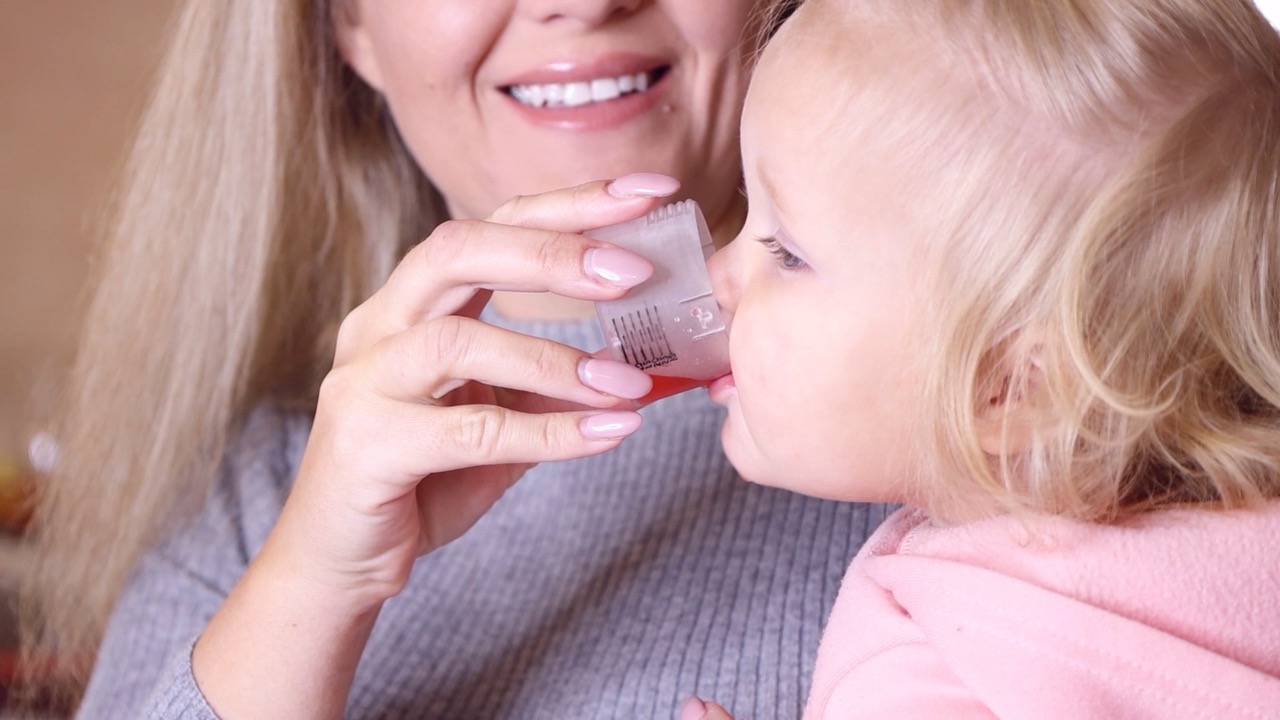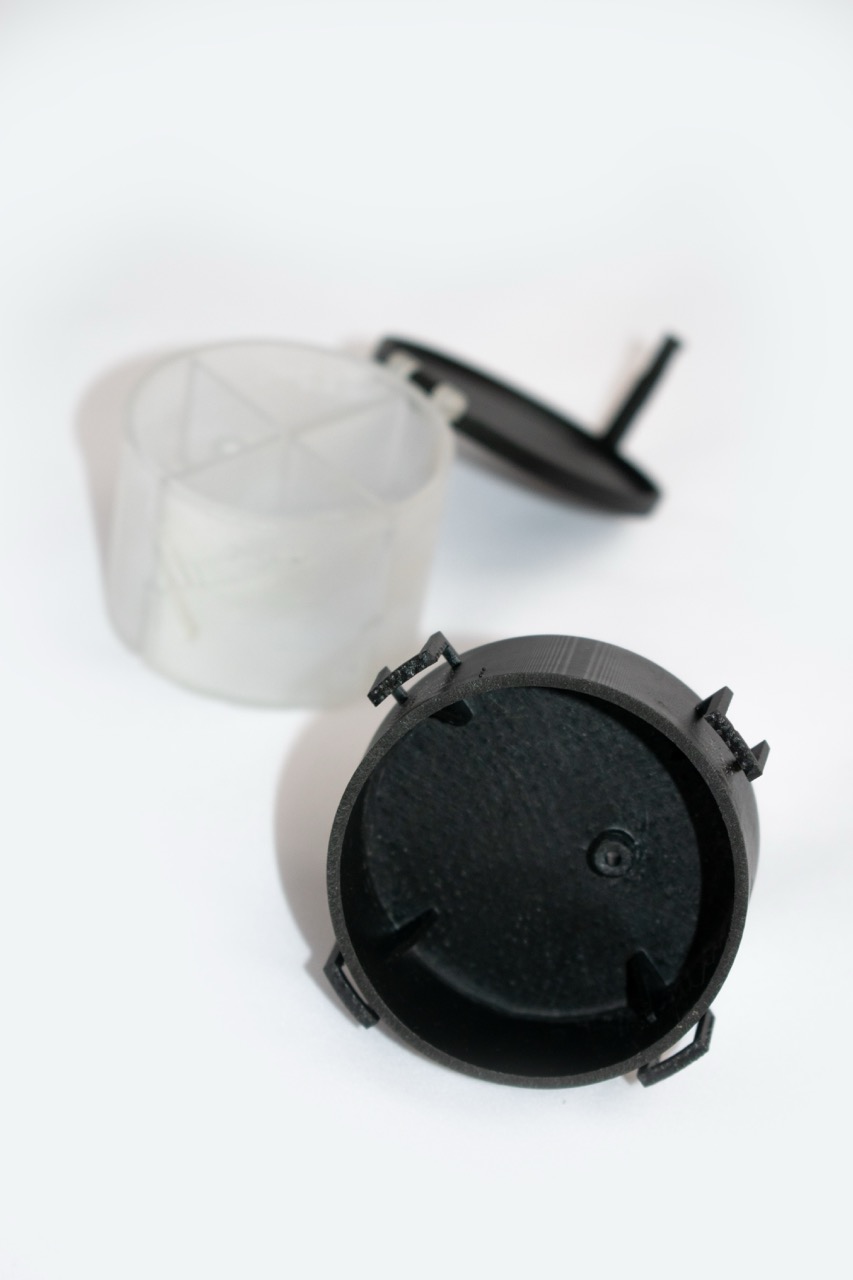Driven by Innovation, Shaped by Precision
About us
At AMS LLC, we revolutionize dispenser cap solutions to make everyday tasks easier and safer for everyone.
With a commitment to quality, safety, and innovation, we partner with industries worldwide to create customized dispensing solutions tailored to real-world challenges.
About AMS LLC
We are making a serious effort to solve the problem of unintentional drug overdoses among children who are given wrong doses of over-the-counter (OTC) liquid medications. In November 2009 the US Food and Drug Administration (FDA) released new voluntary industry guidelines that recommend greater consistency and clarity in OTC medication dosing directions and their accompanying measuring devices. The following is partial information from a JAMA article (Journal of the American Medical Association) with a link that leads to the full reading.
- Objective: To determine the prevalence of inconsistent dosing directions and measuring devices among popular pediatric OTC medications at the time the FDA’s guidance was released.
- Design and Setting: Descriptive study of 200 top-selling pediatric oral liquid OTC medications during the 52 weeks ending October 30, 2009. Sample represents 99% of the US market of analgesic, cough/cold, allergy, and gastrointestinal OTC oral liquid products with dosing information for children younger than 12 years.
- Main Outcome Measures: Inclusion of measuring device, within-product inconsistency between dosing directions on the bottle’s label and dose markings on enclosed measuring device, across-product use of nonstandard units and abbreviations, and presence of abbreviation definitions.
- Results: Measuring devices were packaged with 148 of 200 products (74.0%). Within this subset of 148 products, inconsistencies between the medication’s dosing directions and markings on the device were found in 146 cases (98.6%). These included missing markings (n = 36, 24.3%) and superfluous markings (n = 120, 81.1%). Across all products, 11 (5.5%) used atypical units of measurement (eg, drams, cc) for doses listed. Milliliter, teaspoon, and tablespoon units were used for doses in 143 (71.5%), 155 (77.5%), and 37 (18.5%) products, respectively. A nonstandard abbreviation for milliliter (not mL) was used by 97 products. Of the products that included an abbreviation, 163 did not define at least 1 abbreviation.
At the time the FDA released its new guidance, top-selling pediatric OTC liquid medications contained highly variable and inconsistent dosing directions and measuring devices. We want to solve this problem by providing your company with an innovative cap that does the measuring for your customers! »Read the Complete JAMA Article
Trusted by Innovators Across Industries.
Customer Testimonials or Success Stories
Hear how AMS Dispenser Caps have transformed the way our clients approach liquid measurement and dispensing.

Let AMS Dispenser Caps Elevate Your Product Experience
Ready to Transform Your Packaging with Precision and Innovation?
Whether you need customized solutions or want to explore our innovative dispenser cap designs, we’re here to help. Let’s work together to create smarter, safer, and more efficient packaging.



